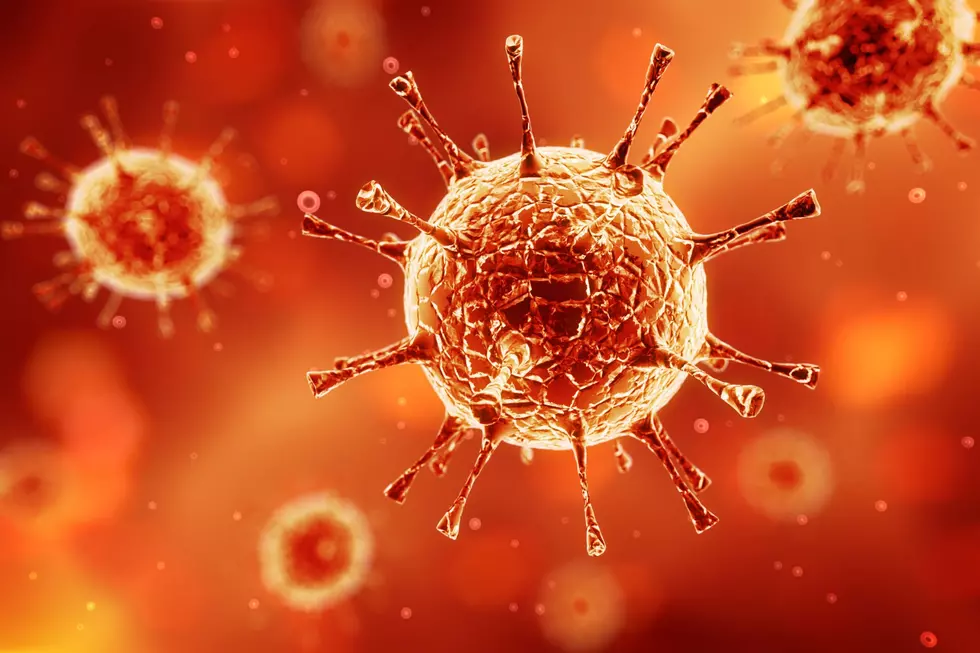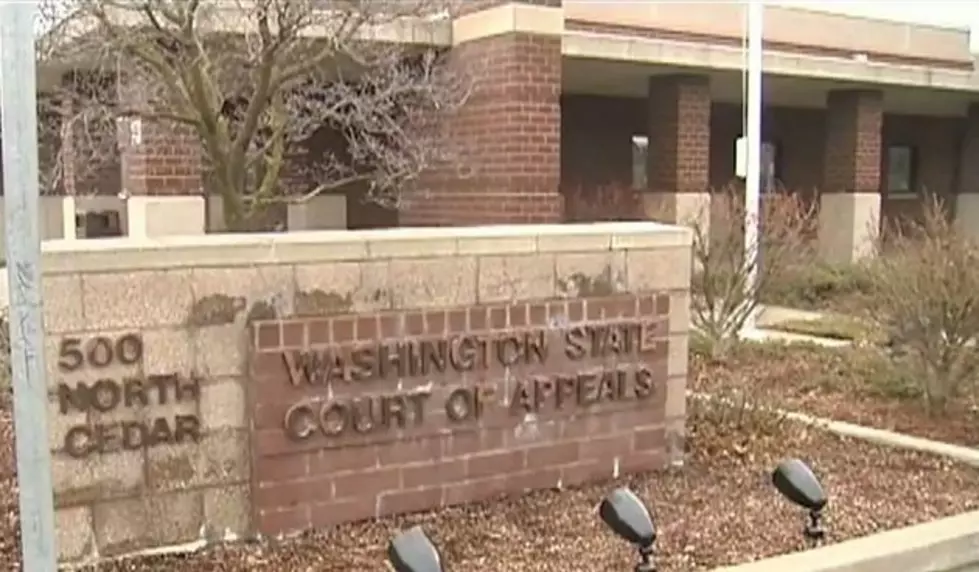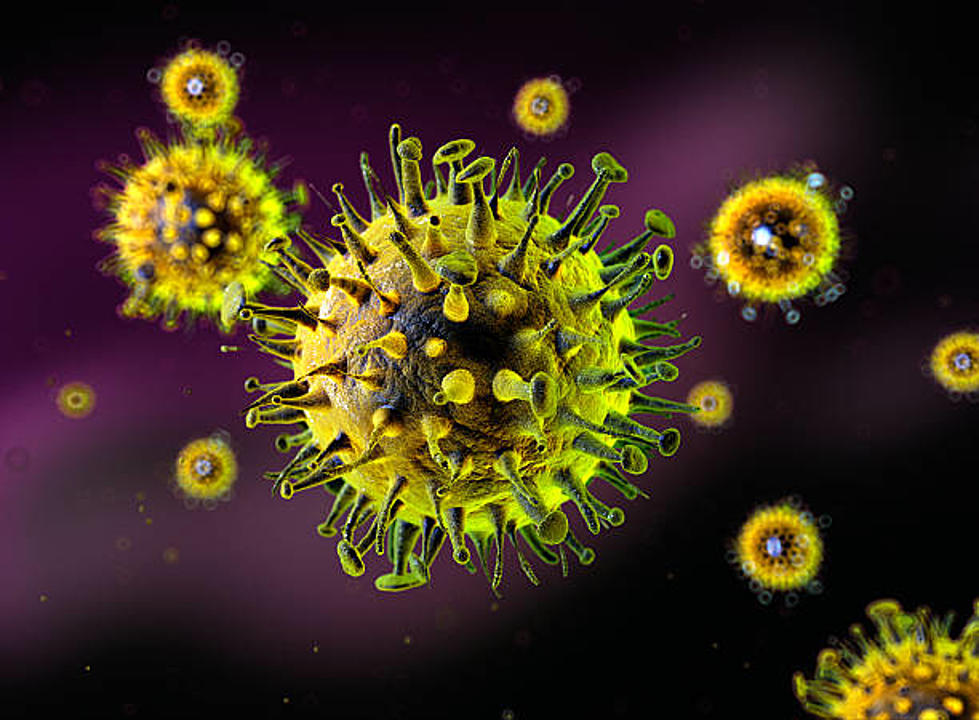
The COVID-19 Mortality Rate is Significantly Higher than the Flu, Even Locally
Mortality rate has long been a metric brought up by those skeptical of the severity of the COVID-19 outbreak.
Chelan Douglas Health Officer Dr. Malcolm Butler was asked during last week's COVID-19 Town Hall about mortality rates and whether they were a fair representation of the severity of the COVID outbreak.
"We can look at death as a measure of the severity of this, but that's a late indicator." Butler said, "It's tragic and devastating and I can't believe how bad it is, but what we call morbidity associated with this, the downstream impact, the fact that you used to be a star athlete and you don't get to do that anymore, that's what nobody is talking about."
Over the last week (ending November 22nd), the United States has averaged 1,502 deaths per day, according to data from the New York Times. But Butler continues to say that morbidity is a much larger concern.
"The mortality rate is ridiculously high, way higher than influenza. What people aren't picking up on is the fact that about two thirds of people who contract COVID will continue to have symptoms three months later. So three months later you've still got bad headaches, you still feel tired, you've still got a cough. 60% of people have heart damage. They're going to carry that with them for the rest of their life."
According to Johns Hopkins University, the national rate of COVID deaths per 100,000 people is over 78. Locally, data from the Chelan Douglas Health District shows that rate is about 29 per 100,000.
For those looking for a comparison to the flu, the CDC states the mortality rate from influenza in 2019 was just over 3 deaths per 100,000.
On the plus side, the rate of COVID deaths per infections has been falling since the beginning of the pandemic due to improved access to PPE and a better knowledge of the virus.
More From NewsRadio 560 KPQ









